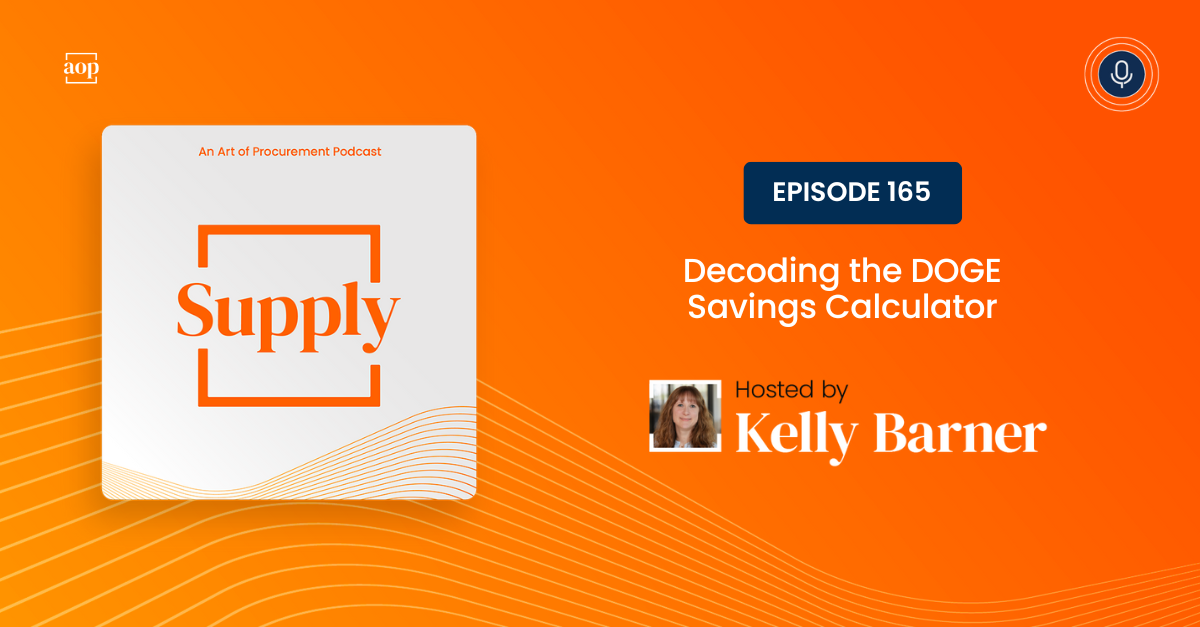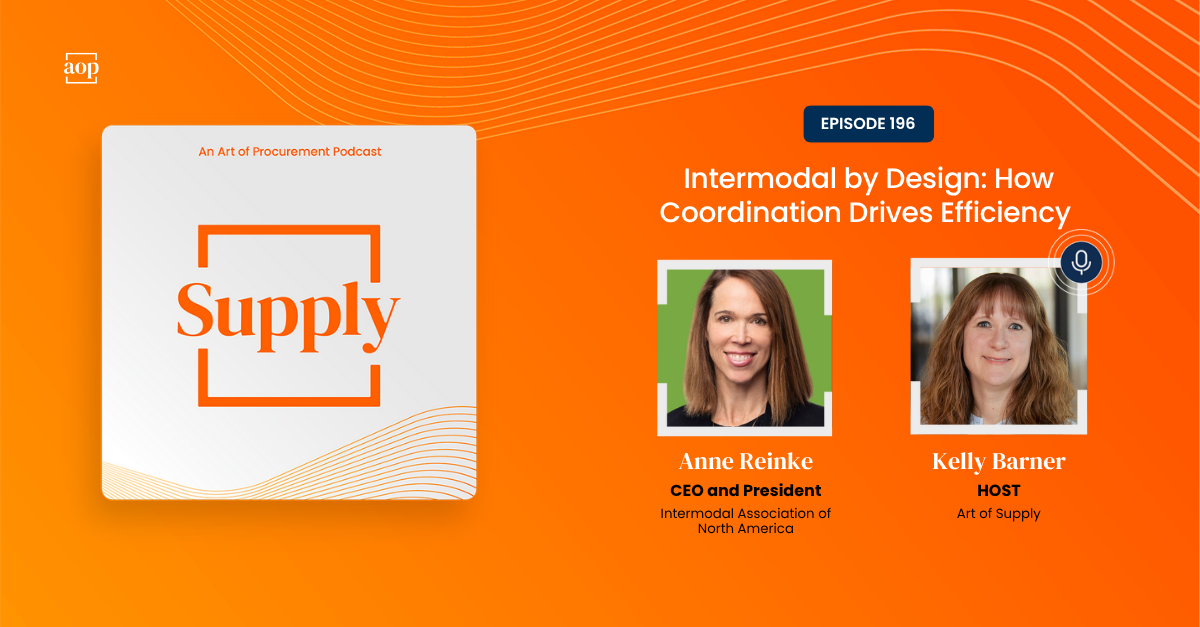
Unless you’ve been in an isolation tank for the last 60 days, you’ve heard of DOGE: the Department of Government Efficiency.
Love it or hate it, if you’re in procurement, you have to watch what DOGE is doing. If you can’t bring yourself to watch the news headlines and objectives, at least take a look at their public-facing savings calculator. It is absolutely fascinating, and I think it tells us a lot about how the organization is being run: bare-bones, just the facts, and fully transparent - warts and all.
Transparency & Turbulence
To state the obvious… DOGE is not flying below the radar. Transparency and savings are their top priorities and they are not worried about making friends on the journey - after all, it is a short term trip that officially ends on July 4, 2026.
In line with that no-nonsense mandate, the website puts the big numbers at the top - no stock photos or visual distractions. The website was put up quickly and didn’t let perfect be the enemy of good.
As of our publish date, the last update is recorded as March 19th. Savings to date total $115 Billion, or $714.29 per Federal taxpayer. Savings are defined - directly underneath the number - as, ”Combination of asset sales, contract/lease cancellations and renegotiations, fraud and improper payment deletion, grant cancellations, interest savings, programmatic changes, regulatory savings, and workforce reductions.”
The plans for updates are declared (weekly, then in real time) as are the reasons behind discrepancies between the numbers on this site and the Federal Procurement Data System (or FPDS).
Even a quick glance suggests that this website is meant to be used, and used by people who don’t have experience with savings reports or Federal spending. More detail is offered in nearly every section, but it is always a high level view and a practical toggle that greets the user.
Government Gamification
The agency efficiency leaderboard ranks 22 Federal agencies based upon their savings to date. It defaults to displaying those with the most savings, but there is a toggle that allows you to see the list in reverse.
Currently, the GSA, Department of Education, and EPA are winning the savings race, with the State Department, NASA, and Department of Energy bringing up the rear. Creating that kind of a dashboard, with ranks that are carried throughout the site, suggests that agency heads are expected to aid in the process, potentially even taking pride in their listing.
The “Wall of Receipts” displays information on contracts, grants, and leases, and allows users to differentiate between total contract value and total savings, acknowledging commitments and obligations that couldn’t be escaped.
The DOGE website doesn’t just list savings, it also shares information about payments, spend, workforce, and regulations.
Payments
In my opinion, payments is the hardest page to draw value from. Payments can be seen by agency or office, organization type, and request date, but it is pretty cryptic, with most labels abbreviated to fit onto little category buttons.
One particularly compelling piece of information reads, “Previously, payments were often made without descriptions, receipts, or invoices; starting soon, a now-mandatory ‘brief, written justification ... submitted by the agency employee who approved the payment’ will be posted here.”
So while DOGE has not approved or rejected any of the payments, an explanation and an owner or requestor’s name will be included going forward, with the likely intent for this change being accountability.
Spend
This page does not offer spend analytics like the kind procurement has become accustomed to, but it is in that spirit. Spend can be seen by agency, with fiscal year 2024 compared to 2019 in each row.
At the bottom of that section, we’re told that agency spending increased 51.7 percent from 2019 to 2024, total revenue has increased by 42.0 percent, and the deficit has increased by a whopping (and depressing) 86 percent.
Workforce
Given how much attention DOGE has earned by focusing on the Federal employee headcount, it comes as no surprise that “workforce” earned its own page.
We learn that the Federal government’s 2.3 million employees have an average tenure of 10 years, an average age of 47 years, and an average salary of $94,000 per year. Total wages currently run $211 Billion.
Who knows what will ultimately happen with DOGE or how effective they will be at increasing the efficiency of the Federal government, but I believe their approach is worth studying because of how closely it relates to the work and reporting being done every day by corporate procurement organizations.




